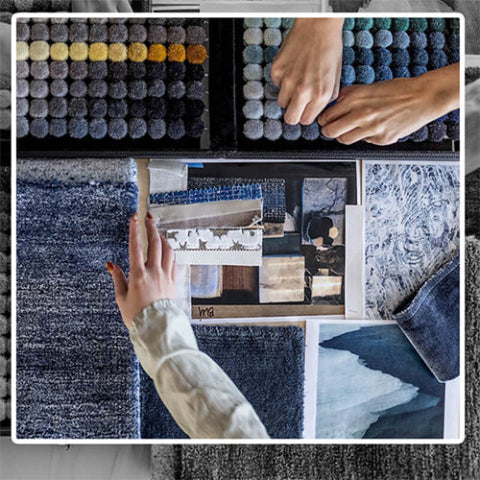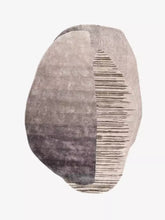Do you know the polypropylene waterproof Rug?
Polypropylene waterproof carpets leverage the inherent properties of polypropylene fibers, combined with specialized treatments and construction techniques, to create a water-resistant or waterproof carpet. Here are the key principles behind polypropylene waterproof carpets:
1,Material Properties
Polypropylene Fibers:
Hydrophobic Nature: Polypropylene fibers are naturally hydrophobic, meaning they repel water. This fundamental characteristic makes them suitable for environments where moisture resistance is crucial.
Stain Resistance: Polypropylene's low absorbency also contributes to its resistance to staining and ease of cleaning, enhancing its durability and appearance over time.

2,Construction Techniques
Backing and Adhesives:
Waterproof Backing: The carpet is often constructed with a waterproof backing material, such as rubber or specialized synthetics, which prevents water from penetrating through to the subfloor. This backing also provides additional protection against mold and mildew growth.
Sealed Seams: During installation, the seams of the carpet may be sealed with waterproof adhesives or tapes to prevent water from seeping through the joins between carpet pieces.
Dense Pile Construction:
Tight Weave: A tightly woven pile structure can further enhance water resistance by reducing the spaces through which water can pass.
Low Pile Height: Carpets with a low pile height are less likely to trap and hold moisture compared to those with a higher pile.

3,Chemical Treatments
Waterproof Coatings:
Surface Treatments: Polypropylene carpets can be treated with waterproofing agents during or after the manufacturing process. These agents create a barrier on the surface of the fibers, enhancing their water-repellent properties.
Anti-Microbial Treatments: To further protect against mold and mildew, carpets can also be treated with anti-microbial agents.

4,Installation Considerations
Proper Installation:
Moisture Barriers: In areas prone to high moisture levels, an additional moisture barrier layer may be installed beneath the carpet to provide extra protection.
Correct Adhesives: Using adhesives specifically designed for waterproof applications ensures that the carpet remains securely attached and that the waterproofing properties are maintained.
5,Maintenance Practices
Regular Cleaning:
Prompt Spill Cleanup: Addressing spills and stains promptly prevents them from seeping into the carpet and causing potential damage.
Appropriate Cleaning Agents: Using cleaning agents that are safe for polypropylene and maintaining the integrity of any waterproof treatments ensures the carpet’s longevity and effectiveness.
By combining these elements, polypropylene waterproof carpets offer a practical flooring solution for environments where water resistance is essential, such as basements, kitchens, bathrooms, and outdoor areas. The synergy between the material's properties, construction techniques, and maintenance practices results in a durable, easy-to-maintain carpet that stands up well to moisture and heavy use.













